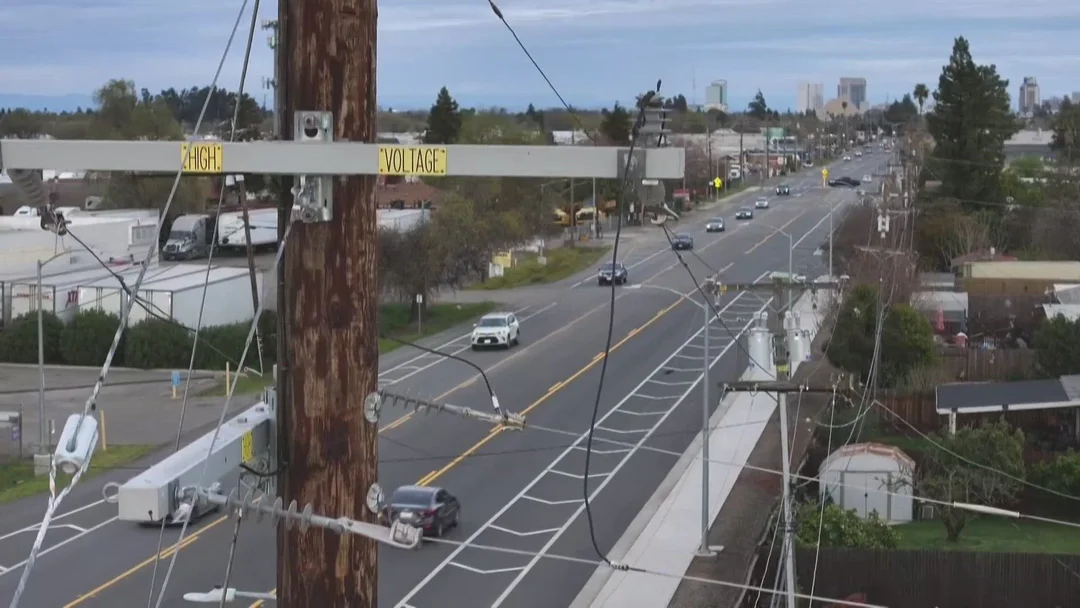
Is Another Utility Revolt Brewing in the Golden State?
In the heart of California, a growing wave of frustration is challenging the state's powerful utility companies, echoing a historic revolt from over a century ago. As residents grapple with skyrocketing energy bills, lawmakers and advocates are pushing for reforms that could reshape how utilities operate, raising questions about accountability, affordability, and the future of public protection.
The roots of this unrest trace back to 1911, when California voters established the Public Utilities Commission (CPUC) to curb corruption by railroads. Today, critics argue the CPUC has strayed from its mission. According to recent analyses, residential electricity rates have surged 47% between 2019 and 2023, far outpacing inflation. This escalation has left families and businesses burdened, with California now boasting some of the nation's highest utility costs. As one opinion piece highlights, utilities like PG&E have secured repeated rate hikes, amassing record profits while oversight wanes. "Over and over again, the utilities ask and the commission gives them whatever they want," the piece notes, pointing to interim rate increases that bypass detailed scrutiny.

Lawmakers are now stepping in. Senator Aisha Wahab's Senate Bill 332, the Investor-Owned Utilities Accountability Act, recently advanced in committee, though it dropped a key provision capping rate hike requests. Wahab, a Democrat from Hayward, emphasized the need for "stringent audits, wildfire accountability, and tying executive compensation to safety performance." Advocates like those from Reclaim Our Power support a new feasibility study on transitioning to nonprofit or public utility models, arguing they could better serve communities. "We believe a public or nonprofit utility model can do that far better than an investor-owned for-profit model," said Colin Cook-Miller of the group. Despite opposition from labor unions worried about job impacts, Wahab insists the bill prioritizes consumers without harming employees.
This push for reform comes amid broader Democratic efforts in the state Legislature to slash high energy bills, though some proposals have been scaled back. For instance, while initial plans aimed for direct ratepayer relief, compromises have left advocates hopeful but cautious. The situation underscores a critical comparison: just as Franklin D. Roosevelt once decried utilities' "campaign of misinformation," today's critics warn of unchecked corporate influence eroding public trust. If unaddressed, these issues could exacerbate economic strains, especially for vulnerable communities facing unreliable service and rising costs.

In summary, California's utility crisis highlights a pivotal moment for regulatory reform, potentially averting another public backlash. Will lawmakers succeed in reining in these giants, or will costs continue to spiral? As debates intensify, we invite readers to share their experiences with rising bills and thoughts on potential solutions in the comments below. Your insights could spark meaningful change—don't forget to share this article with others facing similar challenges.